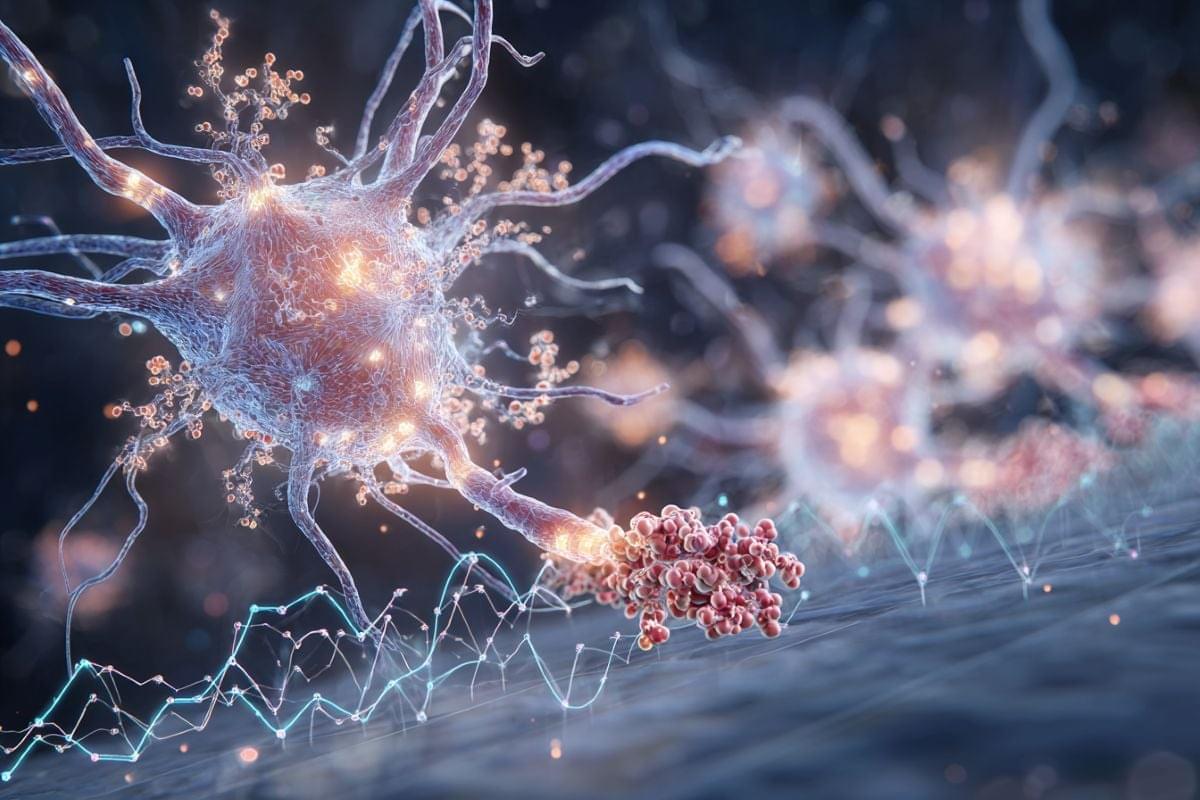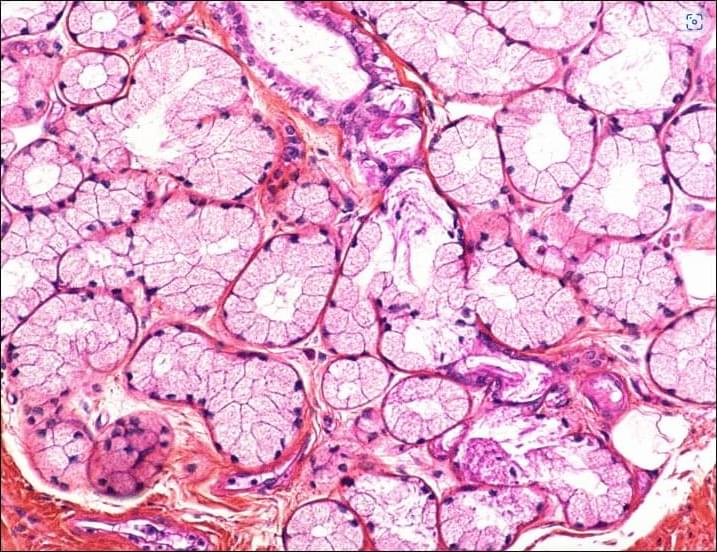face_with_colon_three year 2024.
The first human Neuralink patient would like to get a Tesla Optimus robot and control it with the implant in his brain.

We’re releasing Gemini 3, our most intelligent model that helps you bring any idea to life. It’s the best model in the world for multimodal understanding and our most powerful agentic and vibe coding model yet — all built on a foundation of state-of-the-art reasoning.
Learn more about Gemini: https://deepmind.google/gemini.
___
Find us on X https://twitter.com/GoogleDeepMind.
Follow us on Instagram https://instagram.com/googledeepmind.
Add us on Linkedin https://www.linkedin.com/company/deepmind/

From the article:
Quantum mechanics requires a distinction between an observer — such as the scientist carrying out an experiment — and the system they observe. The system tends to be something small and quantum, like an atom. The observer is big and far away, and thus well described by classical physics. Shaghoulian observed that this split was analogous to the kind that enlarges the Hilbert spaces of topological field theories. Perhaps an observer could do the same to these closed, impossibly simple-seeming universes?
In 2024, Zhao moved to the Massachusetts Institute of Technology, where she began to work on the problem of how to put an observer into a closed universe. She and two colleagues —Daniel Harlow and Mykhaylo Usatyuk — thought of the observer as introducing a new kind of boundary: not the edge of the universe, but the boundary of the observer themself. When you consider a classical observer inside a closed universe, all the complexity of the world returns, Zhao and her collaborators showed.
The MIT team’s paper(opens a new tab) came out at the beginning of 2025, around the same time that another group came forward with a similar idea(opens a new tab). Others chimed in(opens a new tab) to point out connections to earlier work.
At this stage, everyone involved emphasizes that they don’t know the full solution. The paradox itself may be a misunderstanding, one that evaporates with a new argument. But so far, adding an observer to the closed universe and trying to account for their presence may be the safest path.
“Am I really confident to say that it’s right, it’s the thing that solves the problem? I cannot say that. We try our best,” Zhao said.
If the idea holds up, using the subjective nature of the observer as a way to account for the complexity of the universe would represent a paradigm shift in physics. Physicists typically seek a view from nowhere, a stand-alone description of nature. They want to know how the world works, and how observers like us emerge as parts of the world. But as physicists come to understand closed universes in terms of private boundaries around private observers, this view from nowhere seems less and less viable. Perhaps views from somewhere are all that we can ever have.

Pause and Rewind: Temporarily silencing the neural activity in the motor cortex paused the brain’s timer, whereas silencing the striatum rewound the timer.
Broader Impacts: These findings reveal how the brain keeps time to coordinate movement, which one day may be harnessed to restore movement in disorders like Parkinson’s and Huntington’s.
Whether speaking or swinging a bat, precise and adaptable timing of movement is essential for everyday behavior. Although we do not have sensory organs like eyes or a nose to sense time, we can keep time and control the timing of our actions. Such timing accuracy depends on a timer in the brain, but how the brain implements this timer was previously unknown. In research published this week in Nature, MPFI scientists Zidan Yang, Hidehiko Inagaki, and colleagues reveal how this timer works through the interaction of two brain regions—the motor cortex and the striatum. Together, these areas track the passage of time much like an hourglass.
Read More
MPFI Scientists have discovered how two brain areas work together like an hourglass to flexibly control movement timing.

Scientists are trying a revolutionary new approach to treat rheumatoid arthritis, multiple sclerosis, lupus and other devastating autoimmune diseases — by reprogramming patients’ out-of-whack immune systems.
When your body’s immune cells attack you instead of protecting you, today’s treatments tamp down the friendly fire but they don’t fix what’s causing it. Patients face a lifetime of pricey pills, shots or infusions with some serious side effects — and too often the drugs aren’t enough to keep their disease in check.
“We’re entering a new era,” said Dr. Maximilian Konig, a rheumatologist at Johns Hopkins University who’s studying some of the possible new treatments. They offer “the chance to control disease in a way we’ve never seen before.”

Developed at Caltech, a new robot is a humanoid that can launch an M4 drone, switching between different modes of motion, with wheels that can become rotors.

In 1887, one of the most important experiments in the history of physics took place. American scientists Michelson and Morley failed to measure the speed of Earth by comparing the speed of light in the direction of Earth’s motion with that perpendicular to it. That arguably most important zero measurement in the history of science led Einstein to postulate that the speed of light is constant and consequently to formulate his theory of special relativity.
This theory implies that all laws of physics are the same, independent of the relative motion between observers—a concept known as Lorentz invariance.
Meanwhile, quantum theory has been developed, with Lorentz invariance at the heart of all its theoretical frameworks, in particular quantum field theory and the Standard Model of Particle Physics. The latter is the most precisely tested theory ever developed and has been verified to incredible precision.
